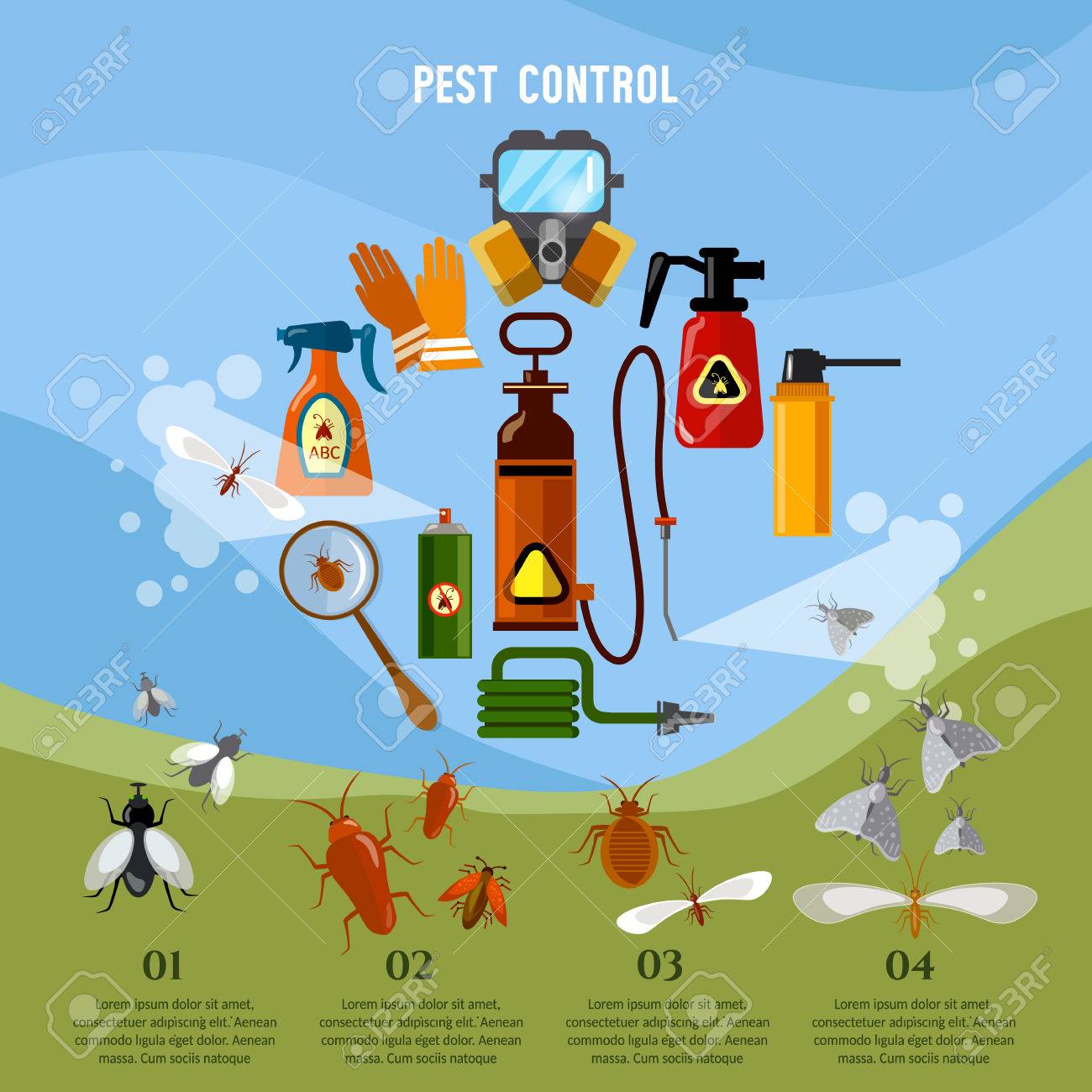Find Out Essential Methods For Safeguarding Your House From Rodents In The Attic
Find Out Essential Methods For Safeguarding Your House From Rodents In The Attic
Blog Article
Material Created By-Karlsen Hutchinson
Picture your attic as a cozy Airbnb for rats, with insulation as cosy as hotel cushions and electrical wiring more luring than room service. Currently, envision these unwanted guests throwing a wild party in your house while you're away. As a home owner, ensuring your attic is rodent-proof is not just about satisfaction; it's about protecting your building and loved ones. So, what straightforward actions can you require to safeguard your sanctuary from these furry burglars?
Evaluate for Entry Information
To begin rodent-proofing your attic, check for access factors. Begin by carefully taking a look at the outside of your home, seeking any kind of openings that rats can use to gain access to your attic room. Look for read here around utility lines, vents, and pipelines, along with any splits or holes in the structure or house siding. Make sure to pay attention to locations where different building materials meet, as these are common entrance factors for rats.
Additionally, check the roofing system for any kind of damaged or missing out on shingles, as well as any spaces around the sides where rodents could press through. Inside the attic room, look for signs of existing rodent activity such as droppings, chewed cords, or nesting materials. Make use of a flashlight to extensively check dark edges and concealed areas.
Seal Cracks and Gaps
Inspect your attic extensively for any type of cracks and gaps that require to be secured to stop rats from entering. Rodents can squeeze with also the tiniest openings, so it's critical to seal any type of prospective access points. Examine around pipes, vents, cable televisions, and where the wall surfaces meet the roofing system. Make use of a combination of steel wool and caulking to seal off these openings successfully. Steel wool is an outstanding deterrent as rodents can not eat with it. Make certain that all voids are snugly sealed to deny access to undesirable bugs.
Don't ignore the importance of securing gaps around windows and doors as well. Usage climate stripping or door moves to seal these areas efficiently. Inspect the areas where utility lines enter the attic and seal them off making use of an appropriate sealer. By making the effort to seal all fractures and gaps in your attic room, you create a barrier that rodents will find challenging to breach. natural rodent control is key in rodent-proofing your attic, so be complete in your efforts to seal off any type of prospective access factors.
Remove Food Sources
Take proactive measures to remove or store all prospective food resources in your attic to prevent rats from infesting the space. Rodents are drawn in to food, so removing their food resources is essential in keeping them out of your attic.
Below's what you can do:
1. ** Store food securely **: Avoid leaving any food products in the attic room. Shop all food in airtight containers made of steel or sturdy plastic to stop rodents from accessing them.
2. ** Clean up debris **: Get rid of any type of piles of particles, such as old papers, cardboard boxes, or wood scraps, that rodents could utilize as nesting material or food sources. Maintain the attic clutter-free to make it much less enticing to rodents.
3. ** Dispose of waste properly **: If you utilize your attic room for storage and have trash or waste up there, make sure to deal with it frequently and correctly. Decaying garbage can draw in rats, so maintain the attic clean and devoid of any organic waste.
Conclusion
Finally, bear in mind that an ounce of avoidance deserves a pound of cure when it involves rodent-proofing your attic room.
By making the effort to inspect for entry points, seal splits and gaps, and eliminate food resources, you can maintain undesirable bugs at bay.
Remember, 'An ounce of avoidance is worth a pound of cure' - Benjamin Franklin.
Stay positive and shield your home from rodent infestations.
